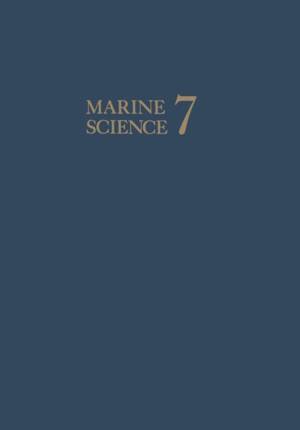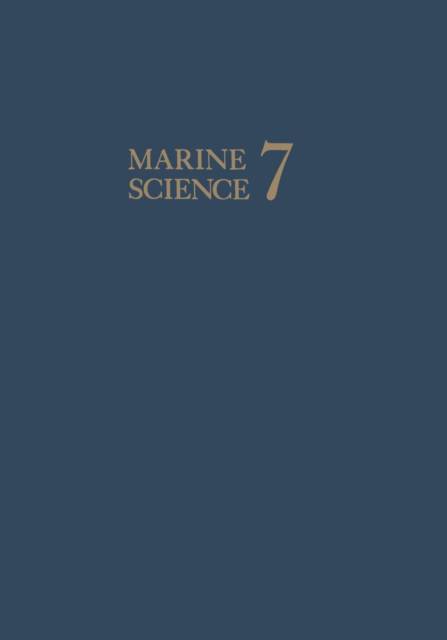
- Afhalen na 1 uur in een winkel met voorraad
- Gratis thuislevering in België vanaf € 30
- Ruim aanbod met 7 miljoen producten
- Afhalen na 1 uur in een winkel met voorraad
- Gratis thuislevering in België vanaf € 30
- Ruim aanbod met 7 miljoen producten
Zoeken
Omschrijving
The Eighty-Second National Meeting of the American Institute of Chemical Engineers, held in Atlantic City, New Jersey, from August 29 through September 1, 1976, had as one of its themes the topic of transport processes. One of the sessions related to this theme was "Transport Processes in the Oceans" chaired by R. P. Shaw and R. J. Gibbs. This session was devoted to the study of transport processes and their hydrodynamic modeling in large water bodies such as oceans and lakes; transport of both dissolved and solid material was con- sidered. The interest developed at the session led to the conclu- sion that the papers presented there should be published as a set rather than dispersed among the various technical journals that rep- resent the wide variety of technical affiliations of the authors. This variety, in fact, is typical of this particular field with con- tributors identified as chemical engineers, civil engineers, environ mental engineers, mechanical engineers, oceanographers and applied mechanicians to name just a few. Such an interdisciplinary area re- quires more effort in keeping abreast of developments than do the traditional areas, since new material may be developed and presented in a wide range of technical journals and professional meetings.
Specificaties
Betrokkenen
- Uitgeverij:
Inhoud
- Aantal bladzijden:
- 288
- Taal:
- Engels
- Reeks:
Eigenschappen
- Productcode (EAN):
- 9781468427622
- Verschijningsdatum:
- 24/04/2012
- Uitvoering:
- Paperback
- Formaat:
- Trade paperback (VS)
- Afmetingen:
- 178 mm x 254 mm
- Gewicht:
- 521 g

Alleen bij Standaard Boekhandel
+ 167 punten op je klantenkaart van Standaard Boekhandel
Beoordelingen
We publiceren alleen reviews die voldoen aan de voorwaarden voor reviews. Bekijk onze voorwaarden voor reviews.







